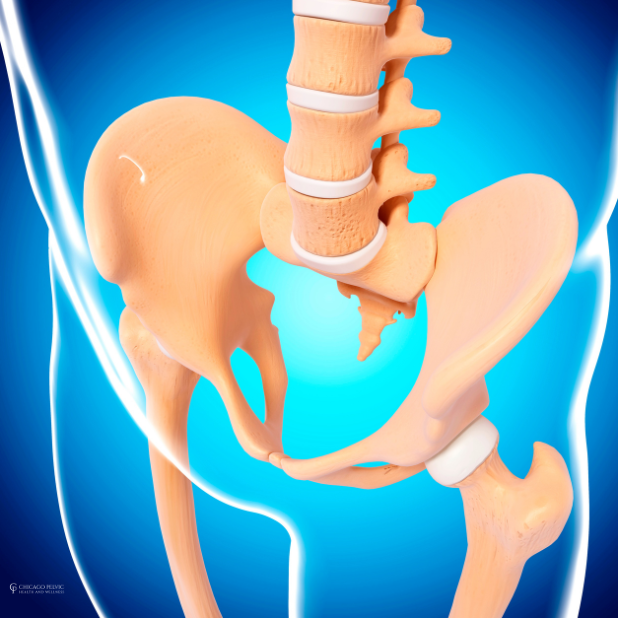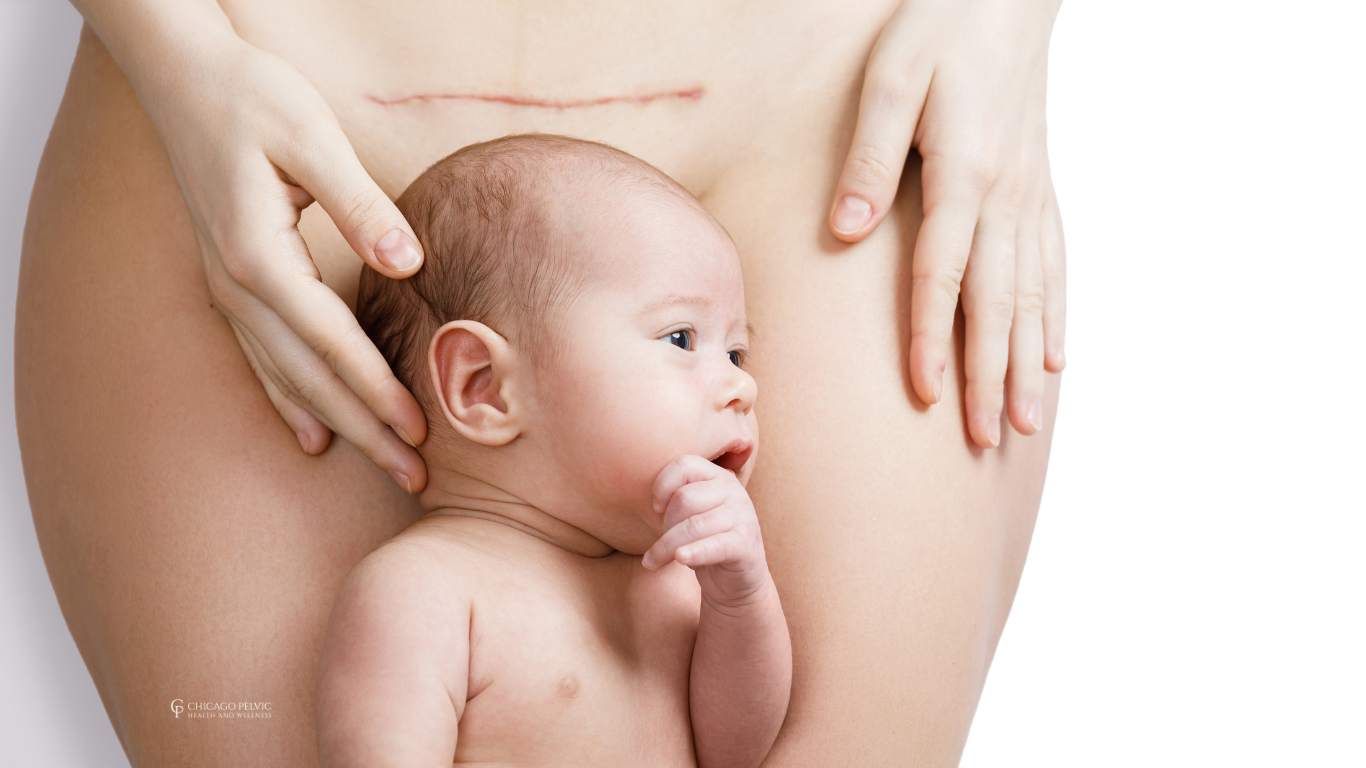Tailbone Pain During Pregnancy and Postpartum: Causes and Relief
Introduction
Tailbone pain during pregnancy, also known as coccyx pain, is a common issue that many people experience. This discomfort can range from a mild ache to severe pain that interferes with daily activities. Understanding the causes of tailbone pain when pregnant and finding strategies to relieve it can significantly improve your pregnancy experience.
Causes of Tailbone Pain During Pregnancy
Postural Changes: As your pregnancy progresses, your body undergoes significant postural changes to accommodate the growing baby. One of these changes includes a shift in the center of gravity. This causes your posture to also change and consequently it can put more demand on the surrounding muscles. The combination of these factors puts added pressure on your tailbone and can lead to pain and discomfort.
Weight Gain: Weight gain is a natural part of pregnancy, but can also place additional stress on your pelvic region, including the coccyx. The increased weight, combined with the baby's position, places pressure on the pelvic floor muscles and the tailbone, contributing to a painful tailbone during pregnancy.
Pressure and Tension on the Pelvic Floor: The growing baby naturally places extra demand on the pelvic floor. As the baby's weight increases, the pelvic floor muscles must support more, and since these muscles attach to the tailbone it can lead to pain.
Increased Ligament Laxity Hormonal changes during pregnancy leads to ligament laxity. This means your ligaments become more flexible and allow more movement in the pelvis. However, this extra movement is the exact opposite of what the joints are used to and thus it can lead to pain.
Anatomy of the Tailbone and Pelvic Floor
A simplified view of the tailbone and its relationship to the pelvic bones, sacrum, and sacroiliac joint.
Location and Function of the Tailbone: The tailbone, or coccyx, is located at the base of the spine. It serves as a major attachment site for various muscles, tendons, and ligaments, such as the pelvic floor and gluteal muscles.
Connection with the Sacrum and Sacroiliac Joint (SIJ): The tailbone is connected to the sacrum and the sacroiliac joint (SIJ). This relationship means that pain in the coccyx can often be associated with SIJ pain. Any asymmetries or stress in this area can lead to combined discomfort in both the tailbone and the SIJ.
Pelvic Floor Muscles and Their Attachment to the Tailbone The pelvic floor muscles attach directly to the tailbone. These muscles provide support to the pelvic organs and help maintain continence. When these muscles become tense or tight, they can pull on the tailbone, leading to pain.
When Does Tailbone Pain Start During Pregnancy?
Tailbone pain typically starts during the second trimester of pregnancy. This is the time when weight gain and postural changes become more pronounced. As the baby grows, the demand on the pelvic floor increases, which can lead to soreness and pain in the coccyx. If left untreated, this pain can worsen as pregnancy progresses due to continued growth, changes in walking or gait, and increased pelvic ligament laxity.
Will Tailbone Pain Go Away After Delivery?
Many pregnant people wonder if their tailbone pain will disappear after they have their baby. Unfortunately, research indicates that tailbone pain and low back pain do not necessarily resolve after delivery. The pelvic floor muscles can become tense in response to tailbone pain, and this tension may persist postpartum. Moreover, the postpartum period involves a lot of sitting, which can exacerbate coccyx pain. Therefore, addressing this pain during pregnancy is crucial to prevent long-term discomfort. More below on postpartum tailbone pain.
Relief Strategies for Tailbone Pain During Pregnancy
Posture Adjustments: Adjusting your posture can significantly alleviate tailbone pain during pregnancy. When sitting, aim to sit on your sit bones (the bones at the bottom of your buttocks) rather slumping or slouching which can put more direct pressure on your tailbone. Choose a soft yet firm surface to sit on, as overly soft chairs can cause you to round your lower back and increase pressure on the tailbone, while hard surfaces can be equally uncomfortable.
Exercise and Stretching Performing specific exercises can help reduce tension in the pelvic floor muscles and relieve tailbone pain. Some beneficial exercises include child’s pose, happy baby, piriformis stretching, and puppy pose. These exercises stretch and relax the pelvic floor muscles, reducing the pull on the tailbone.
Use of a Tailbone Cutout Pillow A tailbone cutout pillow can help offload pressure from the coccyx. These pillows have a cutout section designed to relieve pressure on the tailbone when sitting. Ensure you use the pillow correctly, with the cutout at the back of the seat, to maximize its benefits. Another alternative option is to place 2 folded up washcloths underneath your sits bone to help float the tailbone in a similar way.
Professional Interventions For severe coccyx pain, internal tailbone mobilizations and soft tissue massage to the pelvic floor muscles performed by a trained pelvic floor physical therapist can provide significant relief. These techniques involve treatment of the tailbone internally through the rectum or externally to reduce pelvic floor tension directly.
Postpartum Tailbone Pain
Postpartum tailbone pain can be a lingering issue for many new mothers. The strain of childbirth can exacerbate tailbone discomfort, especially if you experienced coccyx pain during pregnancy. Additionally, the postpartum period involves prolonged sitting for breastfeeding, caring for the baby, and general recovery, all of which can put continuous pressure on the tailbone.
To manage postpartum tailbone pain, continue with the relief strategies you used during pregnancy. Posture adjustments, specific exercises, and the use of a tailbone cutout pillow can all be effective. Moreover, consult a pelvic floor physical therapist for postpartum care to ensure proper healing and to address any residual pain. Early treatment can even prevent chronic pain and support a smoother recovery process.
Why You Should See a Pelvic Floor Physical Therapist
Consulting a pelvic floor physical therapist is crucial for managing tailbone pain during pregnancy. These specialists are trained to perform internal techniques and provide exercises and strategies to alleviate pain. Waiting to see if the pain resolves on its own is not recommended, as research shows that untreated tailbone pain can worsen over time. Seeking professional help can lead to sooner pain relief and prevent long-term issues.
Conclusion
Tailbone pain during pregnancy, while common, can be effectively managed with the right strategies. Understanding the causes, such as postural changes, weight gain, pressure on the pelvic floor, and ligament laxity, is the first step. Implementing relief strategies, including postural adjustments, specific exercises, the use of a tailbone cutout pillow, and seeking help from a pelvic floor physical therapist, can significantly improve your comfort during pregnancy. Don't wait to address your coccyx pain; take proactive steps to ensure a more comfortable pregnancy and postpartum period.
Written by:
Dr. Jana Richardson, PT, DPT, WCS, PRPC, CIDN
Dual Board Certified Pelvic Floor Therapist and Owner of Chicago Pelvic Health
Dr. Jana Richardson is a highly accomplished pelvic floor therapist with dual board certifications and extensive experience in treating complex pelvic floor dysfunctions. As the owner of Chicago Pelvic Health, Dr. Richardson is dedicated to providing personalized and effective care for her patients. With a Doctorate in Physical Therapy, and specialized certifications in Women’s Health and Pelvic Rehabilitation, Dr. Richardson is a leading expert in her field. She is also certified in Integrative Dry Needling, further enhancing her ability to offer comprehensive treatment plans. Dr. Richardson’s commitment to patient-centered care and her passion for helping individuals achieve optimal pelvic health make her an invaluable asset to the community.










Worried about tearing during childbirth? Learn how Pelvic Physical Therapy can help prepare your body for labor, reduce the risk of tearing, and aid in faster recovery. Empower yourself with expert-backed strategies for a safer, more comfortable birth experience.